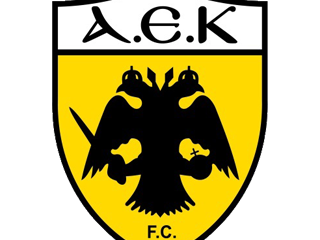Celebrating St Patrick’s Day: Traditions and Events

Introduction
St Patrick’s Day, celebrated on March 17th, is a cultural and religious holiday commemorating St Patrick, the patron saint of Ireland. The day is significant not only for its religious aspects but also for its role in celebrating Irish culture, heritage, and the widespread influence of the Irish diaspora. With festivities marked by parades, wearing green, and rich culinary traditions, St Patrick’s Day has grown into a global celebration.
Historical Significance
St Patrick was a 5th-century missionary credited with bringing Christianity to Ireland. His legacy has transcended generations, with his death on March 17th, 461 AD, being commemorated with various rituals. The day has evolved from a solemn religious observance into a vibrant, multicultural celebration, characterised by camaraderie, music, and dance. Historically, the day was marked by attending church services, but the 20th century saw a shift towards larger celebrations in cities around the world.
Global Celebrations
Today, St Patrick’s Day is celebrated in various countries, with the most notable parades taking place in Dublin, New York, and Boston. Dublin’s St Patrick’s Festival attracts thousands of tourists keen to experience a week of culture, including music, dance, and art. New York City boasts one of the largest St Patrick’s Day parades, featuring over 150,000 marchers and more than two million spectators. The event, observed since 1762, highlights the enduring spirit of Irish pride and unity.
Traditions and Symbols
Wearing green is perhaps the most recognised symbol of St Patrick’s Day, representing the lush landscapes of Ireland. Another popular tradition is the consumption of traditional Irish food and drinks, such as corned beef, cabbage, and Irish stout. Additionally, shamrocks hold special significance, as they were reportedly used by St Patrick to explain the concept of the Holy Trinity to the Irish people. Various festivities also include lively music performances, with traditional Irish folk and contemporary bands entertaining the crowds.
Conclusion
As St Patrick’s Day approaches, communities worldwide prepare for vibrant celebrations filled with joy, laughter, and a deep appreciation of Irish heritage. This day not only fosters a sense of belonging among the Irish diaspora but also invites everyone to partake in the festivities, regardless of their background. As we witness the evolution of St Patrick’s Day, it solidifies its place as a global occasion that champions unity, culture, and the spirit of community.







